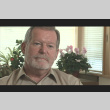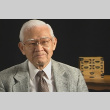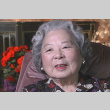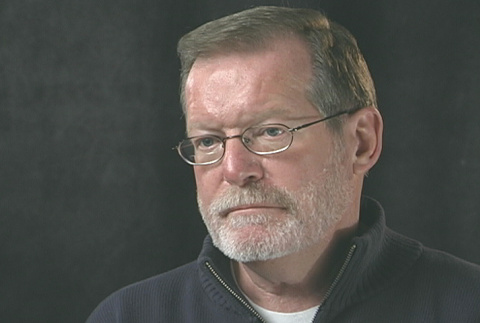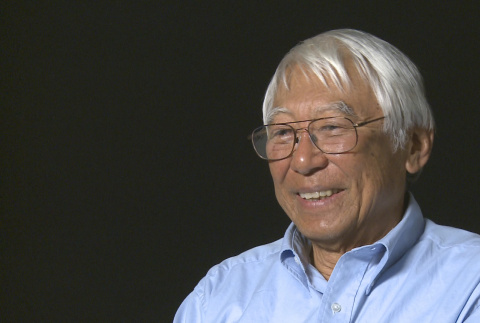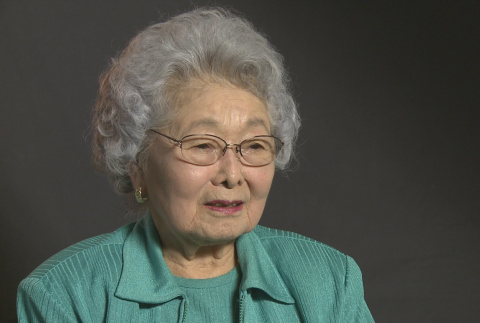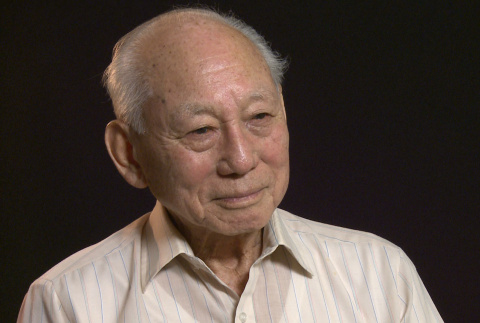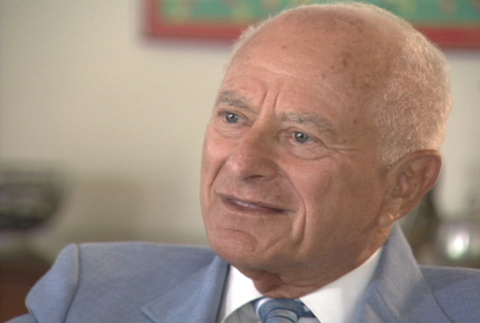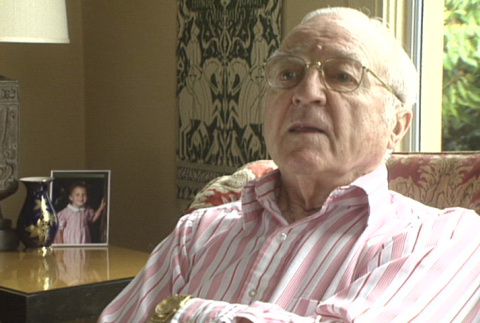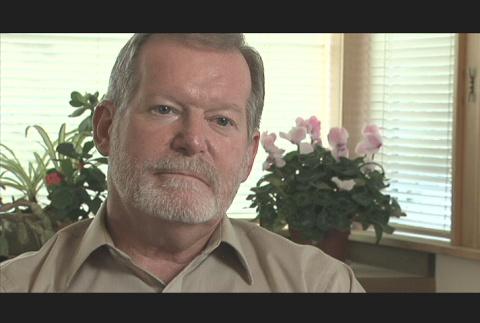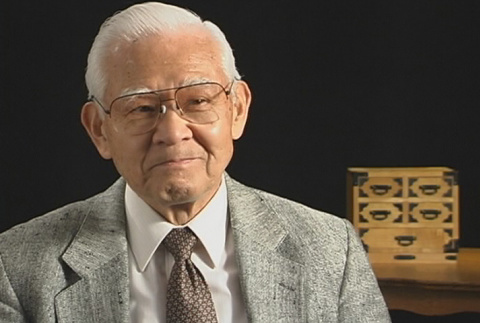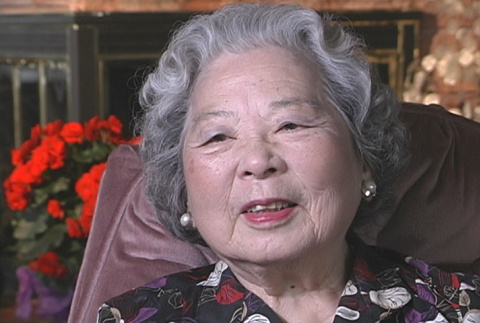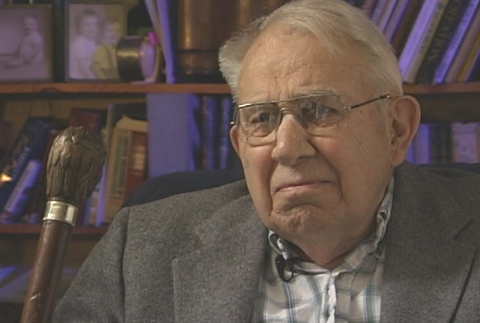Support from the non-Japanese American community
During mass removal and incarceration, Japanese Americans received outside support and assistance from religious organizations, civil rights groups, and other concerned individuals. The American Friends Service Committee was one of the most active groups to help the Japanese American community during World War II. Committee members donated educational materials to the camp schools and libraries and were influential in persuading the government to allow Nisei to leave the camps for colleges in the interior of the country. Ministers, peace activists and other supporters of the Japanese American community often visited the camps and spoke out publicly against the incarceration. Church groups across the country also organized clothing and food drives for the camp inmates.
World War II
(231)
Support from the non-Japanese American community
(447)
Related articles from the
Densho Encyclopedia :
American Civil Liberties Union,
American Friends Service Committee,
Ernest Besig,
Thomas Bodine,
Charles H. Bonesteel,
Clara Breed,
John Burns,
Miles E. Cary,
Hung Wai Ching,
Mark W. Clark,
Cecil Coggins,
Delos Emmons,
Galen Fisher,
Bob Fletcher,
Charles Hemenway,
Harold Ickes,
Jewish response to incarceration,
Dorothea Lange,
Charles F. Loomis,
Hugh Macbeth,
Carey McWilliams,
John Nason,
Herbert Nicholson,
Robert O'Brien,
Morris Opler,
Edward L. Parsons,
Eleanor Roosevelt,
Robert Shivers,
Norman Thomas,
Harry S. Truman,
A.L. Wirin
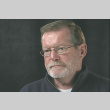



This material is based upon work assisted by a grant from the Department of the Interior, National Park Service. Any opinions, finding, and conclusions or recommendations expressed in this material are those of the author(s) and do not necessarily reflect the views of the Department of the …

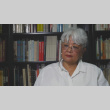
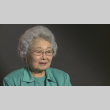
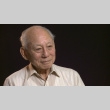

This interview was conducted by filmmaker Frank Abe for his 2000 documentary, Conscience and the Constitution, about the World War II resisters of conscience at the Heart Mountain incarceration camp. As a result, the interviews in this collection are typically not …


This interview was conducted by sisters Emiko and Chizuko Omori for their 1999 documentary, Rabbit in the Moon, about the Japanese American resisters of conscience in the World War II incarceration camps. As a result, the interviews in this collection are …
